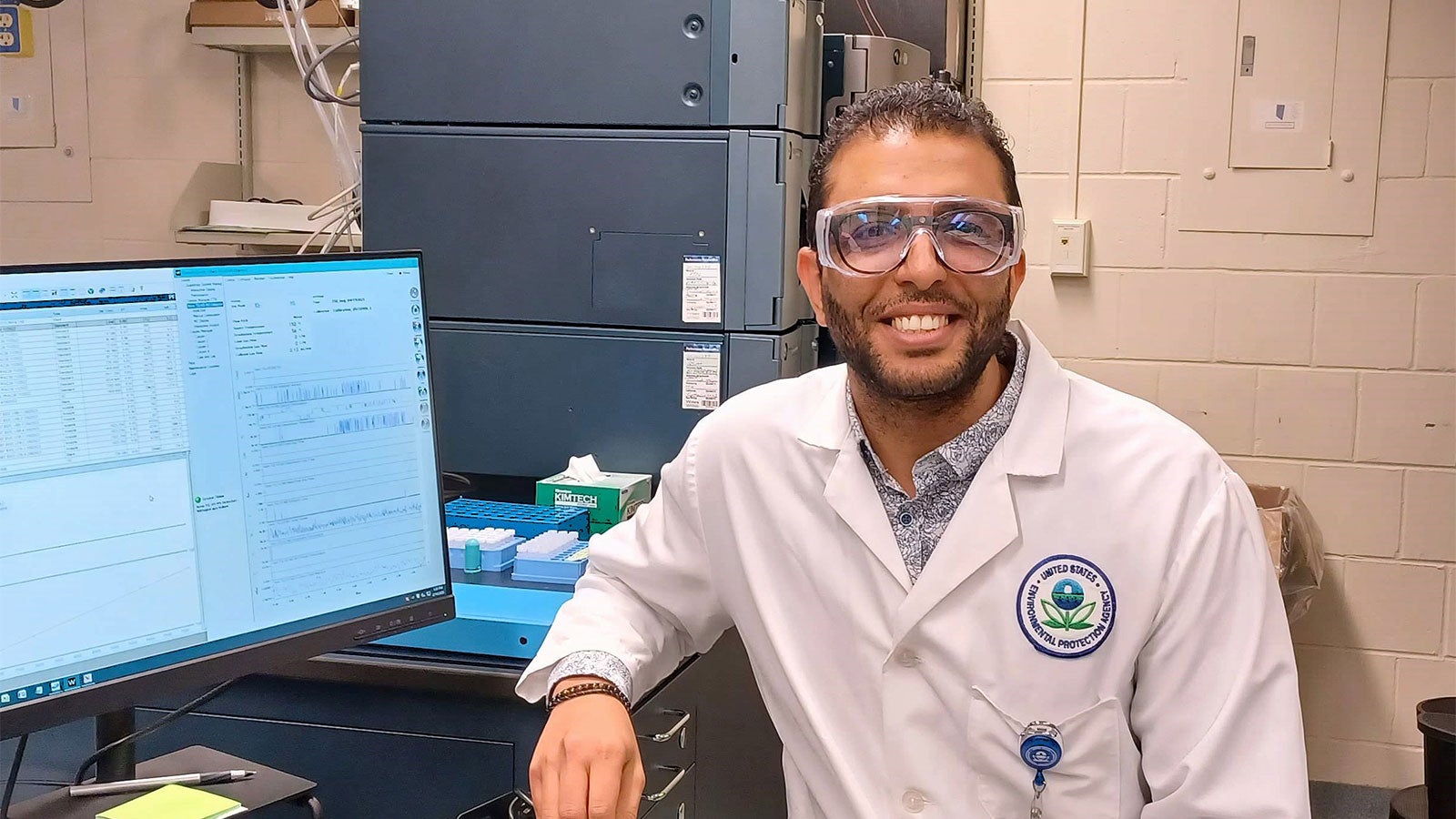For 80 years, “forever chemicals” have been used to coat our pots and pans, put out fires and make our carpets resistant to stains, among many other applications.
This class of some 15,000 synthetic chemicals, known as per- and polyfluoroalkyl substances (PFAS), is ubiquitous and persistent. Because the carbon-fluorine bond is among the strongest known to chemists, these man-made chemicals don’t readily degrade in the environment. High levels of PFAS in humans have been associated with various health problems, including cancer, low fertility rates, ulcerative colitis and thyroid disease.
“Recent regulatory actions and legal settlements have accelerated the search for PFAS-free alternatives. Our article is really a call to action to avoid regrettable substitutions,” said Mohamed Ateia Ibrahim, adjunct assistant professor of chemical and biomolecular engineering at Rice.
In the journal Science, Ibrahim has published an overview of PFAS and the efforts to find safer alternatives. His article, “From ‘forever chemicals’ to fluorine-free alternatives,” is co-authored by Martin Scheringer, professor of environmental chemistry at ETH Zurich, Switzerland.
Since 2021, Ibrahim has worked as an environmental engineer with the U.S. Environmental Protection Agency (EPA), in its Center for Environmental Solutions and Emergency Response, based in Cincinnati, Ohio. He earned his Ph.D. in environmental engineering from Tokyo Institute of Technology in 2017 and joined the Rice faculty in 2023.
“A recent report estimated the annual global economic costs of PFAS at $16 trillion, and identified 12 major producer companies. Among them, 3M plans to end all PFAS production by 2025. Overall, heightened health and liability concerns are propelling a large-scale transition to PFAS-free alternatives,” said Ibrahim, who emphasizes the complexity and enormity of the problem. In the article he writes:
“Their unparalleled persistence enables accumulation across generations with little natural degradation. Persistence on this scale means that pollution will linger substantially longer than over the few decades that conventional risk evaluations consider. Additionally, the chronic toxicity of many PFAS presents long-term health risks even at the low concentrations encountered in daily life.”
Much of the Science article is devoted to assessing the tradeoffs involved in finding replacements for PFAS. An ideal PFAS substitute would be safe, effective and result in “a minimal environmental footprint.”
“Progress,” he writes, “inherently demands weighing trade-offs and uncertainties. Prioritizing accurate scientific evaluations over rhetoric and cooperation over defensiveness will be essential for the transition to safer alternatives.”

